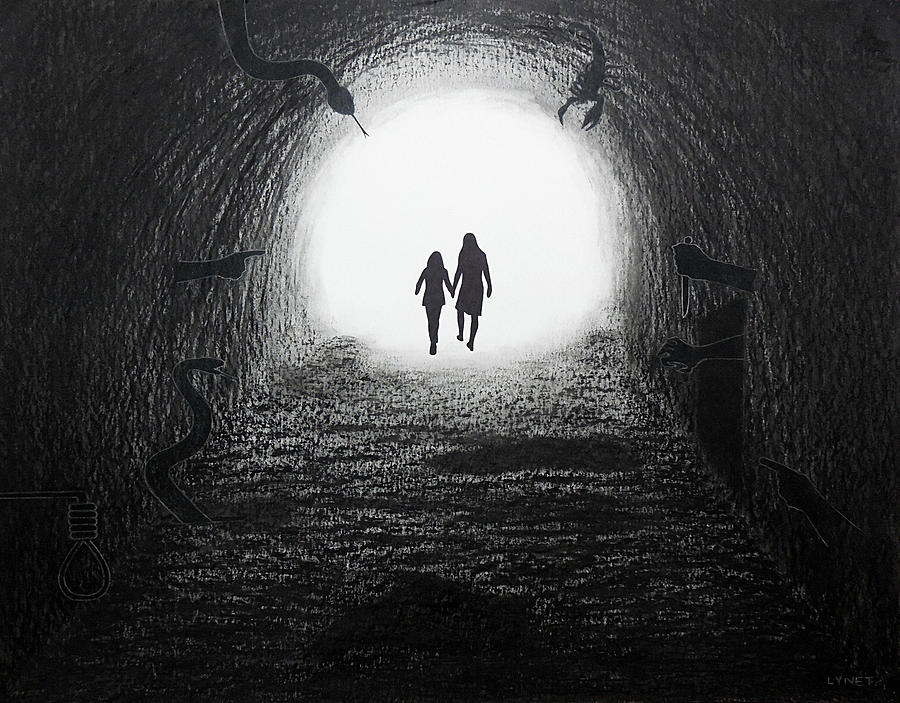In A Tale of Two Cities by Charles Dickens, he uses many Light and Dark references. In Chapter 6, Dickens uses Light and Dark to set the tone of hopelessness to love between Dr. Manette and his daughter, Lucie Manette. Beginning with, "So sunken and suppressed it was, that it was like a voice underground. So expressive it was, of a hopeless and lost creature" (Dickens 29). Dr. Manette had been taken away from the outside world for so long. It had drained him from all the happiness he'd ever known and was replaced by nothingness. His mind and body were detached. He didn't know how to act or speak around others. He had grown used to being on his own and even taught himself the shoemaking trade. He had spent years isolated and making shoes. He wasn't use to anything outside of that.
Furthermore, "He, and his old canvas frock, and his loose stockings, and all his poor tatters of clothes, had, in a long seclusion from direct light." (Dickens 30). He had not seen the light of day since he was taken away. Even his clothes show evidence of not being in direct sunlight. But once he saw his daughter something shifted. He didn't realize then, but he will soon. "He had put up a hand between his eyes and the light...Mr. Lorry came silently forward, leaving the daughter by the door" (Dickens 30). It was revealed that the sudden light was Mr. Manette's daughter. "...love it back to life and hope - so exactly was the expression repeated (through strong characters) on her fair young face, that it looked as though it had passed like a moving light, from him to her" (Dickens 32). For a moment he had caught the light between them. Unfortunately, the light had not stayed. I predict that later on in the story, the Light that Lucie Manette will bring back into Dr. Manette's life with help to pull him out of the Darkness that has engulfed him for all these years and that their love for each other will grow as time moves on.
On going, "His cold white head mingled with her radiant hair, which warmed and lighted it as though it were the light of Freedom shining on him" (Dickens 34). Dr. Manette has made it so that Lucie's long, curly blonde hair was his beckon of hope that Lucie will be the one to drag him out of this Darkness. So he will no longer be a prisoner of his own mind. Especially, since he was no longer physically being held captive.
Finally, "The darkness deepened and deepened, as they both lay quiet, until a light gleamed through the clinks in the wall" (Dickens 36). This is the scene in which Mr. Lorry and Defrage had closed the door and left the two alone, lying on the floor. The Darkness started to wrap around him and her. The Darkness was the segregation from reality. But this was different. He was not alone. Lucie was there. He for the first time noticed the light leaking into the room from the cracks in the wall. Eventually he will learn that Lucie will guard him back to sanity.
In conclusion, the author Charles Dickens, set the tone of hopelessness to love between Lucie Manette and Dr. Manette by referencing Light and Dark. Lucie Manette being the Light and Dr. Manette being the Dark. As time goes on, Dr. Manette will hopefully learn to trust Lucie and they could build their father - daughter relationship into something that could've been, before he was taken from her all those years ago.

No comments:
Post a Comment